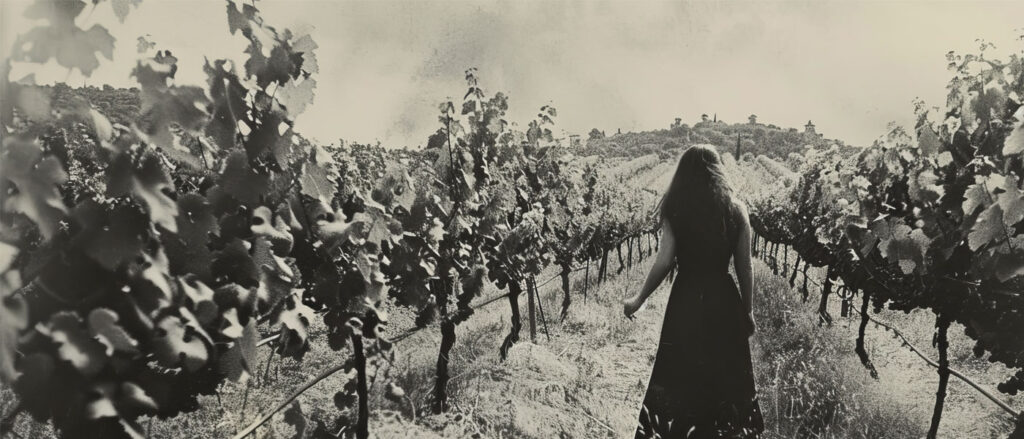How to distinguish aged wine from new
How to distinguish aged wine from new

For thousands of years, people have been consuming wine. Wine ages chemically, which has an impact on its flavour, texture, and aroma. It’s a fascinating task, to distinguish aged wine from fresh, combining aspects of sensory perception, historical background, and the finer nuances of wine-making. There are a few crucial characteristics that can help you determine the age of a wine, whether you taste it at a wine-tasting event or explore the cellars of a prominent winery. At Rico Wine Park and Vineyards, wine lovers can find an array of aged and fresh wines.
Now, let’s find out how to distinguish new and old wines.
Colour change -
The look of the wine is one of the most important things to consider. Red wines usually undergo a slight colour change as they age, going from a bright hue to a more brick-like or garnet tone. With time, white wines darken or take on a richer golden hue. Significant indications of wine’s age can be found by examining the colour’s intensity and purity.
The aroma of the wine -
Next, a wine’s odour can reveal important details about its age level. The rich smells of aged red wines are generally characterized by elements of soil, leather, dried fruit, and occasionally spice. Younger wines, on the other hand, typically have strong fruit notes, such as berries or cherries. As white wines age, they may acquire tertiary smells such as petrol, honey, or nuts, which contrast with the youthful, fruity aromas of their younger counterparts. In addition, this method requires some knowledge and understanding of wine aromas to be effective.
Wine-taste -
Aged Red wines reflect the complexity of their maturing process with a smoother texture, integrated tannins, and a nuanced taste. Young red wines, on the other hand, frequently have sharper acidity, stronger tannins, and intense fruit flavours. Just as younger white wines tend to be crisper and more fruit-forward, older white wines may have a fuller texture with well-developed flavours of orchard fruits or tropical notes. Further, a few grape varietals can also provide unique clues as to the age of a wine.
For example, Sauvignon Blanc wines may age to maintain their brisk acidity but develop more complex flavours over time, while Shiraz wines often age to reveal a more velvety texture and tertiary aromas like tobacco or cocoa. Participating in wine tastings at a winery or on a special occasion is a great way to practice telling new wine from aged wine.
To sum up, learn to differentiate between young and aged wines by analyzing the colour, flavour, and aroma of wine, as well as by studying the many grape kinds and wine-making processes. A vineyard tour to Rico Wine Park and Vineyards gives you an amazing experience to learn about wine-making and wine-tasting. It’s one of the destination wedding locations and the best place to celebrate birthdays in Bangalore.

Comments
Post a Comment